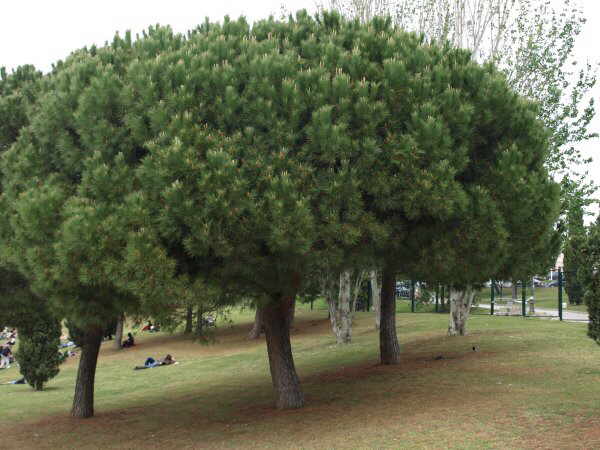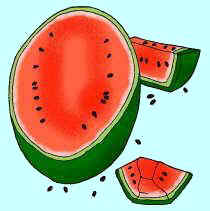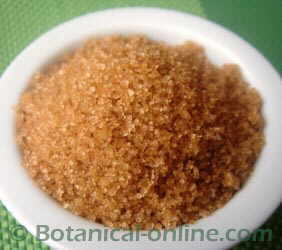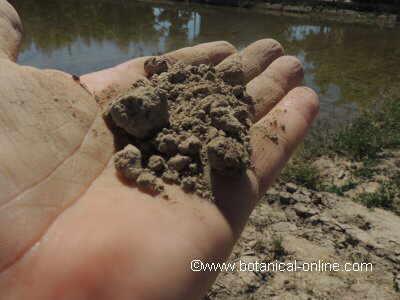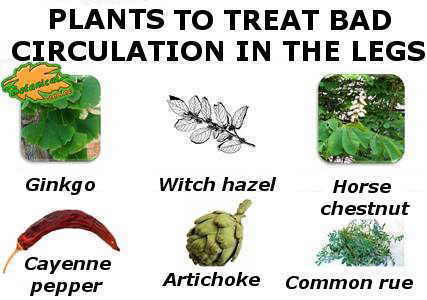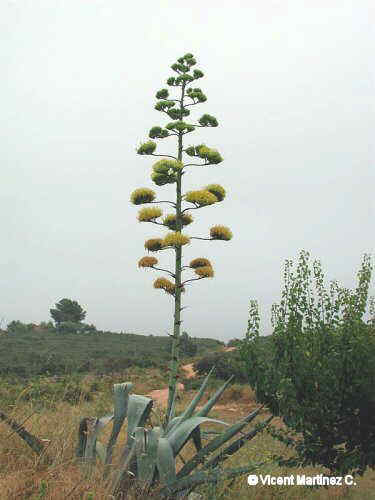Contents
Adaptations of the plants
Why leaves are perennial or deciduous?
That a leaf may be perennial or deciduous is the result of an adaptation of the plant to the environment and it depends fundamentally on the climatic conditions where the plant grows and of the peculiarities of the soil where it is rooted.
In general we can say that the fact of maintaining the leaves above the trees supposes an expense of nutrients for the plant, unnecessary when they carry out no function. For this reason most of the trees of the Atlantic climate are deciduous.
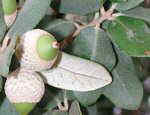
It doesn’t make any sense that a beech (Fagus sylvatica) or a chestnut tree (Castanea sativa) go on maintaining the leaves on them when, because of the environmental conditions, they cannot absorb the nutrients of the floor, since this is usually frozen. These trees enter in a phase of winter rest and allow their leaves fall.
In the Mediterranean forests the process is different. Let us take, for example, the case of an evergreen oak (Quercus ilex) The evergreen oak is a characteristic perennial tree of these forests, so it has small leaves, covered with a waxen cuticula that provides them a hardened texture, which is known as sclerophyllous.
Also, the inferior part of the leaf of the oak is covered with a whitish hairiness. These characteristics of size, measure and composition respond to a double function: to protect the tree from dehydration in summer when it is very hot in the Mediterranean forest and the water is not very abundant and to protect the leaf from cold in winter.

We also have to keep in mind that the oak closes the estomata of the leaves when water resources are poor. Therefore this tree is able to maintain its leaves that are practically not functional under unfavorable conditions.
Doing that, it attains the same purpose that we saw in a chestnut tree. Then what advantages has the oak with regard to the beech or chestnut? The main advantage is a bigger economy of nutrients. To build the whole foliage represents a great effort for a tree that needs to focus many resources to get it, fundamentally a lot of water.
An oak can take advantage of the favorable moments of such a variable climate as the Mediterranean one without taking such a big risk as a beech does in a much more predictable climate, mainly in consideration to water disposal.
How are plant leaves in the Mediterranean climate?
Plants of Mediterranean climates usually have small and perennial leaves, while in more humid and cold ones are usually bigger and deciduous. Small leaves are the adaptation to a climate with strong solar radiations, to economize water.
Big leaves can absorb more radiation in climates where the temperatures are lower but they don’t have problems in the supply of water. Among these two extreme models we would have an entire range of different models. For example:
- Plants with semi-deciduous leaves that reduce the width of these organs, being in state semi-dryness above the plant or allowing to fall part of them under dry environmental conditions. When the conditions are normal, they recover their volume and quantity quickly. Cistus present these characteristics.
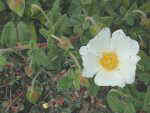
- Succulent plants with capacity to store big quantities of water that will use in unfavorable conditions. Many of them, as the cactuses, have transformed their leaves in thorns and they have been provided of an entire series of adaptations to be able to live in very dry and hot places. (See adaptations in cacti)
How are plant leaves in tropical forest?
The adaptations of the leaves are very significant in the rainy tropical forest. They are generally very considerable in size and with sharp and prominent margin, a sort of ” dripper ” whose function is to eliminate the exceeding water.
Trees of different species even guide their leaves in the same direction to avoid to steal the light one from the others, or they present strategies to rotate them avoiding the excessive solar radiation, or even searching for the needed scarce one.
The leaves that occupy the superior canopy of the forest usually present surfaces hardened to resist the strong solar radiation. Since there aren’t very marked seasonal periods, the plants, contrary to the rest of biomes, don’t present defined changes according to the station and they show their own internal rhythms. Here most of the trees possess perennial leaves, renovating it partially in a particular way.
* Related information: Adaptations of cacti, Adaptations of flowers
More information about plants.

